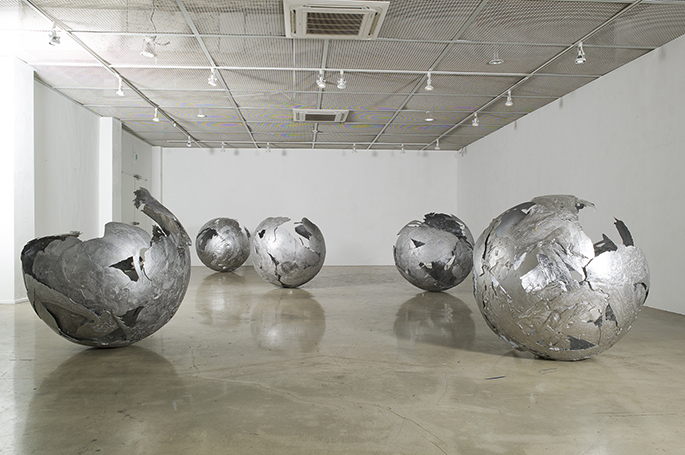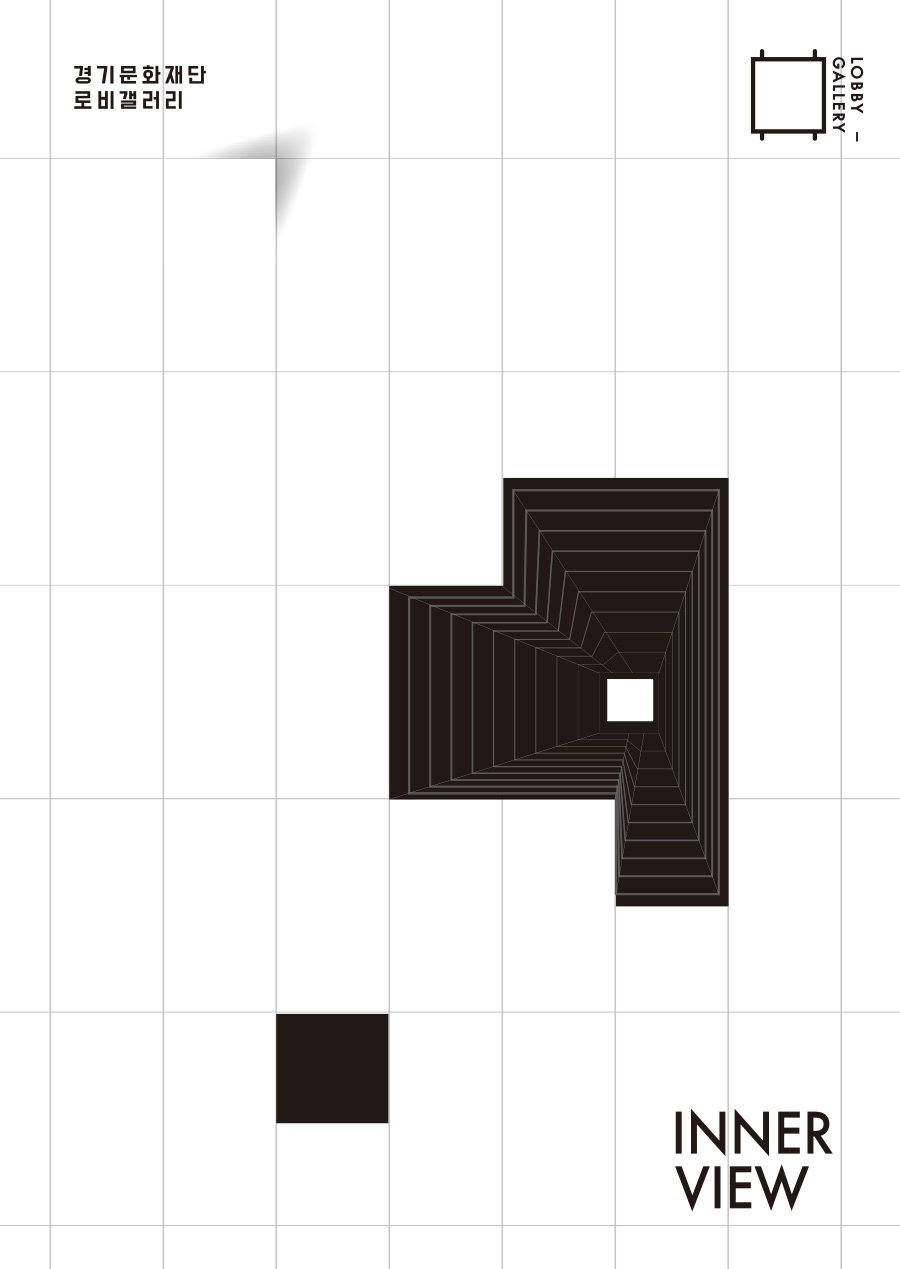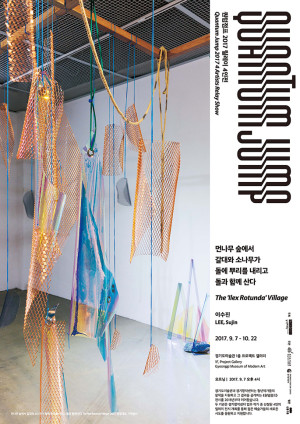Period/ 2017.09.28(Thu) ~ 2017.12.03(Sun)
Venue/ Gyeonggi Museum of Modern Art
Together with the Korea Foundation and the Kunsthalle Münster, the Gyeonggi Museum of Modern Art is co-organizing Irony and Idealism, a cultural exchange exhibition featuring contemporary art from South Korea and Germany. Demonstrating current trends in contemporary art, eight artists from South Korea and Germany are presented who have been actively working beyond their national borders. The exhibition also shows how cultural exchange can be driven and achieved by public museums and institutions.
Artists
Gimhongsok, Hwayeon Nam, Bae Young-whan, Ahn Jisan, Michael van Ofen, Manfred Pernice, Björn Dahlem, Yoon Jongsuk
Curators
Korea: Choi Eunju (Director, Gyeonggi Museum of Modern Art), Kim Yoonseo (Curator, Gyeonggi Museum of Modern Art)
Germany: Gregor Jansen (Director, Kunsthalle Düsseldorf), Gail Kirkpatrick (Director, Kunsthalle Münster)
Hosts
Gyeonggi Museum of Modern Art, Korea Foundation, Kunsthalle Münster
Support
Goethe Institut Korea, Koreanisches Kulturzentrum
Sponsors
Gyeonggi-do Provincial Government, Gyeonggi Cultural Foundation
Artist talk
9/28/2017 2 PM (Please check details on-site)
Admission
Free (All of the Gyeonggi provincial museums will operate without charge from September 1, 2017)
Together with the Korea Foundation and the Kunsthalle Münster, the Gyeonggi Museum of Modern Art is co-organizing Irony and Idealism, a cultural exchange exhibition featuring contemporary art from South Korea and Germany. Demonstrating current trends in contemporary art, eight artists from South Korea and Germany are presented who have been actively working beyond their national borders. The exhibition also shows how cultural exchange can be driven and achieved by public museums and institutions.
The participating artists are: Gimhongsok, Hwayeon Nam, Bae Young-whan, and Jisan Ahn from Korea; and Michael van Ofen, Manfred Pernice, Björn Dahlem, and Yoon Jongsuk from Germany. These artists will display about 50 works spanning diverse genres, including film, installation, sculpture, and painting. The different forms of art reflect ironies, conflicts, and contradictions that we face in daily life. Based on the premise that contemporary art helps us to refresh our preexisting ideas, the exhibition explores the varied perspectives and approaches to our daily life through the artists’ works. In this exhibition, we will experience important questions being asked by contemporary art.
Inaugurating at the Gyeonggi Museum of Modern Art, Irony and Idealism will travel to the Korea Foundation Gallery in Seoul and then to Kunsthalle Münster.









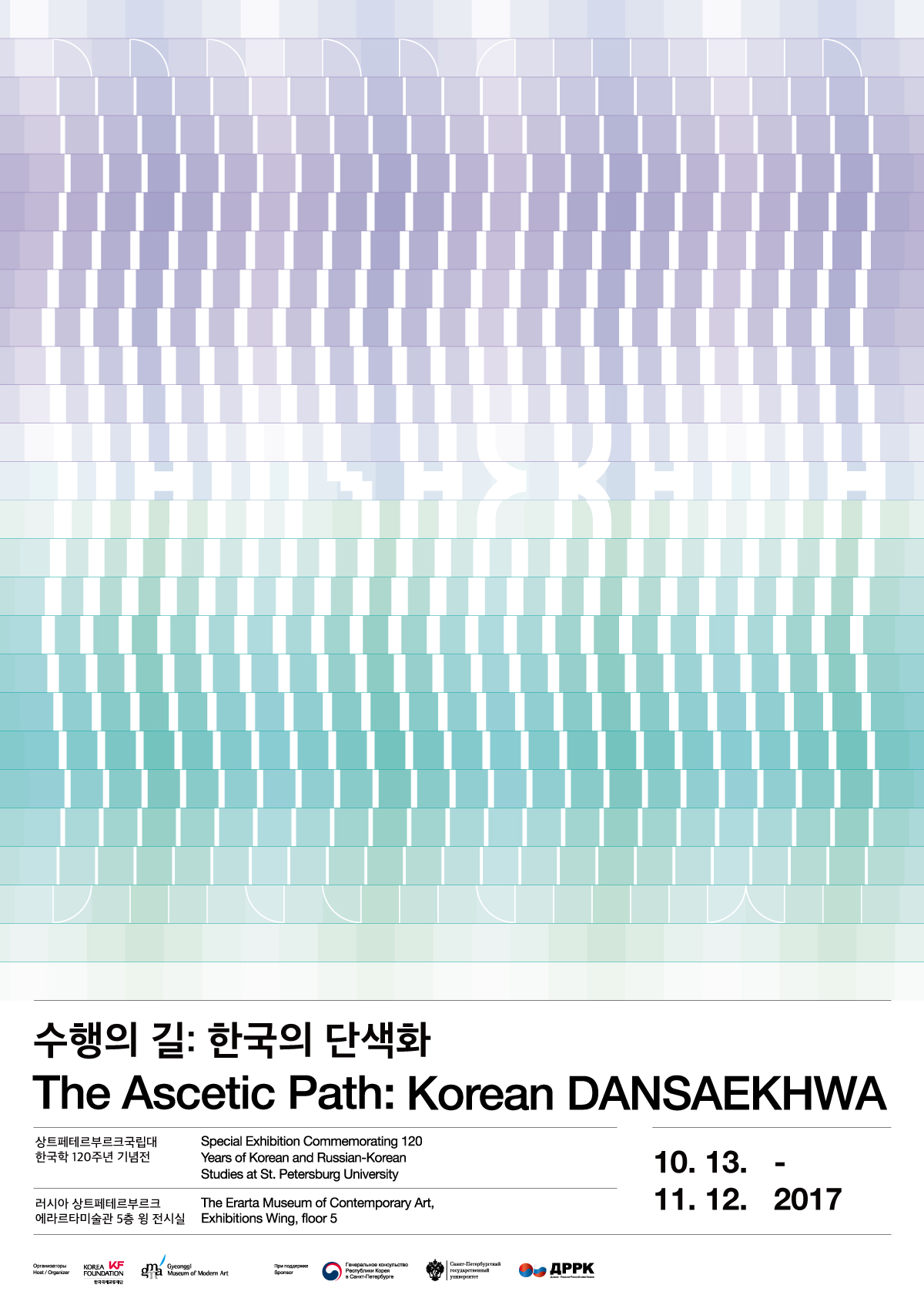

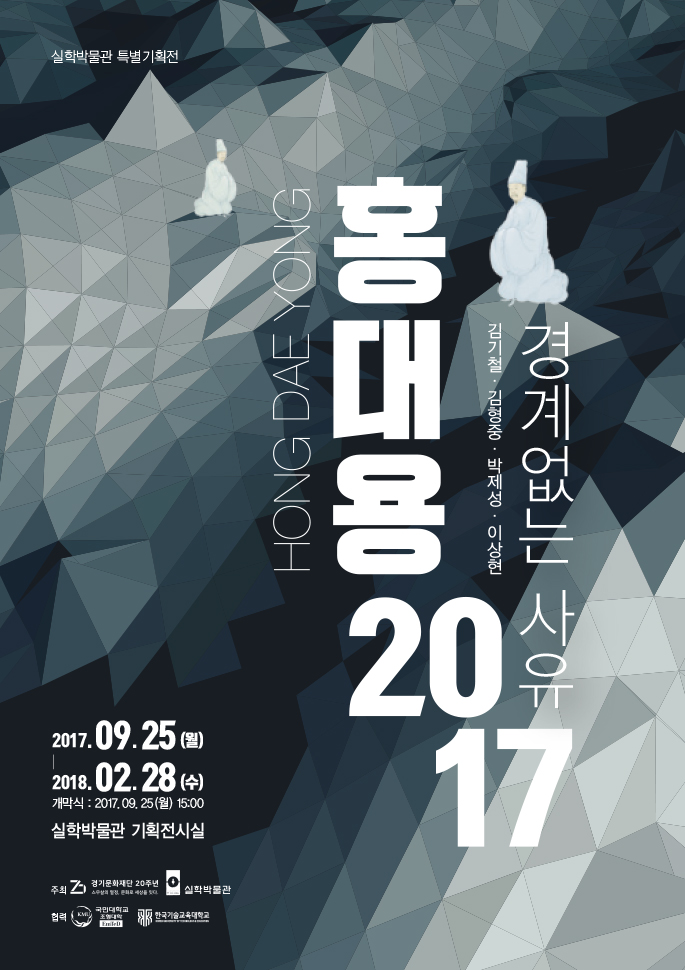






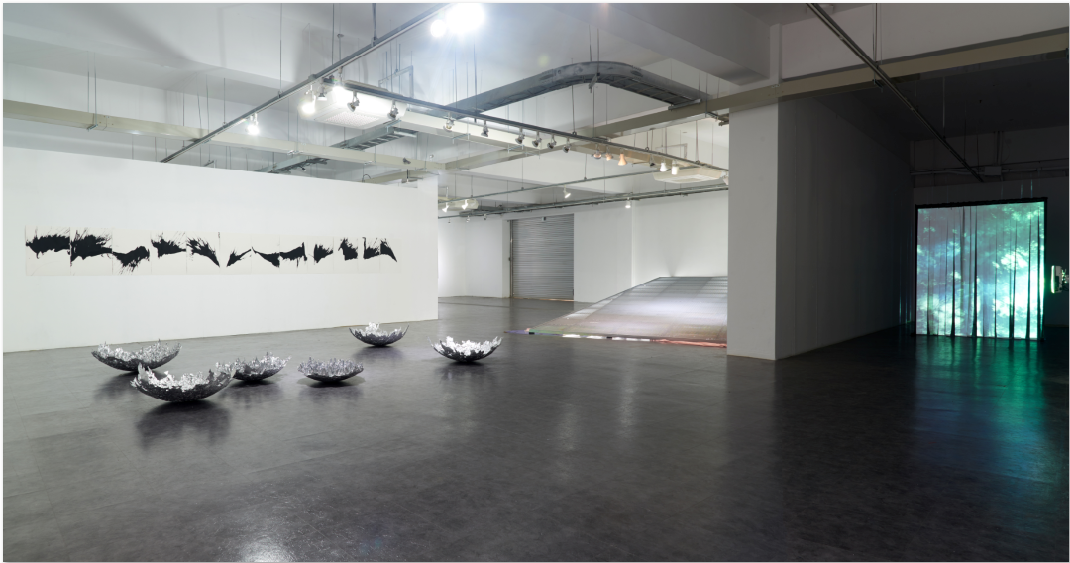

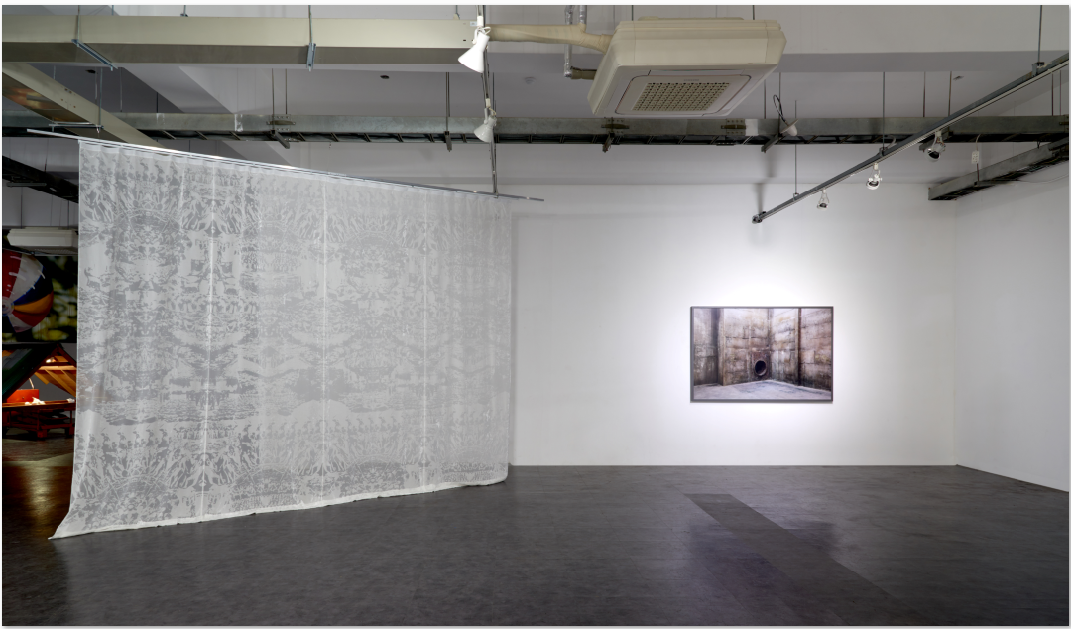


 Veil II
Veil II  Tide Time
Tide Time Klein’s bottle
Klein’s bottle An island became an hill under the moon, the hill dreaming of the island : from the parallax between the rising tide and ebb tide
An island became an hill under the moon, the hill dreaming of the island : from the parallax between the rising tide and ebb tide Instant
Instant A Blue Haze
A Blue Haze Bitter ideals and dawn
Bitter ideals and dawn A Song of Daebudo
A Song of Daebudo A Portrait of Our Times
A Portrait of Our Times








